Home>Gardening & Outdoor>Landscaping Ideas>How Long Does Fescue Grass Seed Take To Grow


Landscaping Ideas
How Long Does Fescue Grass Seed Take To Grow
Modified: March 21, 2024
Learn how to grow fescue grass seed with our expert landscaping ideas. Discover the ideal conditions and timeline for fescue grass to thrive in your lawn.
(Many of the links in this article redirect to a specific reviewed product. Your purchase of these products through affiliate links helps to generate commission for Storables.com, at no extra cost. Learn more)
Introduction
Welcome to the world of fescue grass! If you’re considering planting fescue grass seed in your lawn or garden, you’re in for a treat. Fescue grass is a popular choice for lawns due to its durability, adaptability, and lush appearance. However, before diving into the exciting process of growing fescue grass seed, it’s essential to understand the factors that influence its growth and the timeline you can expect for germination.
In this comprehensive guide, we’ll explore the journey of fescue grass seed from planting to germination, providing valuable insights and practical tips to help you achieve a thriving fescue lawn. Whether you’re a seasoned gardener or a first-time homeowner, this article will equip you with the knowledge and confidence to nurture your fescue grass seed to its full potential.
Key Takeaways:
- Fescue grass seed takes 7 to 14 days to grow under optimal conditions, but factors like temperature and moisture can affect the germination period.
- To successfully grow fescue grass seed, choose the right variety, prepare the soil, and provide consistent moisture and weed control during the germination phase.
Read more: How Long Does It Take Fescue To Germinate
Understanding Fescue Grass Seed
Before delving into the growth process, it’s important to grasp the nature of fescue grass seed. Fescue grass is known for its fine texture, vibrant green color, and resilience, making it a sought-after choice for lawns in various climates. Fescue grass seed is available in different varieties, including tall fescue, fine fescue, and creeping red fescue, each with unique characteristics suited for specific growing conditions.
When you purchase fescue grass seed, you’ll notice that it consists of tiny, elongated grains, each containing the genetic material necessary to sprout and develop into lush grass. These seeds are carefully selected and processed to ensure high germination rates and optimal performance in diverse environments.
Fescue grass seed is well-regarded for its adaptability to both sun and shade, making it an ideal choice for lawns with varying light exposure. Additionally, its deep root system enables it to withstand drought and recover quickly from stress, contributing to its overall resilience.
Understanding the unique traits of fescue grass seed will empower you to make informed decisions when selecting the right variety for your lawn, considering factors such as sunlight levels, soil type, and climate. By choosing the most suitable fescue grass seed for your specific needs, you can set the stage for a successful and thriving lawn that enhances the beauty of your outdoor space.
Factors Affecting Fescue Grass Seed Growth
The growth of fescue grass seed is influenced by various factors, all of which play a crucial role in determining the success of your lawn. Understanding these factors will enable you to create optimal conditions for the germination and development of fescue grass seed.
- Soil Quality: Fescue grass seed thrives in well-draining soil with a slightly acidic to neutral pH. Before planting, assess the soil’s texture, fertility, and drainage to ensure it provides an ideal environment for seed germination and root establishment.
- Watering: Adequate moisture is essential for fescue grass seed germination. Consistent, light watering is recommended to keep the soil evenly moist without causing waterlogging, which can impede seedling growth.
- Temperature: Fescue grass seed germinates best in moderate temperatures, typically between 60-75°F (15-24°C). Extreme heat or cold can hinder germination, so timing your seeding efforts to coincide with favorable temperature ranges is crucial.
- Light Exposure: While fescue grass is known for its shade tolerance, adequate sunlight is still necessary for optimal growth. Ensure that shaded areas receive some sunlight, especially during the germination phase, to support healthy seedling development.
- Weed Control: Competition from weeds can hinder the growth of fescue grass seed. Implementing weed control measures, such as pre-emergent herbicides or manual removal, can prevent weed interference and promote the unhindered growth of fescue grass.
- Aeration and Soil Preparation: Proper soil aeration and preparation contribute to the successful establishment of fescue grass seed. Loosening compacted soil and removing thatch prior to seeding create an optimal environment for seed-to-soil contact and root penetration.
By taking these factors into account and addressing them proactively, you can significantly enhance the growth potential of fescue grass seed, setting the stage for a flourishing lawn that adds beauty and vibrancy to your outdoor landscape.
Fescue grass seed typically takes 7-14 days to germinate and start growing. Keep the soil consistently moist during this time to help the seeds establish and grow.
Germination Period of Fescue Grass Seed
Understanding the germination period of fescue grass seed is essential for managing expectations and nurturing the seeds through their initial growth stages. The germination process marks the beginning of the seed’s transformation into a young, sprouting plant, and it is influenced by several key factors.
On average, fescue grass seed germination can take anywhere from 7 to 14 days under optimal conditions. However, this timeframe may vary based on environmental factors such as temperature, moisture levels, and seed quality. Warmer temperatures and consistent moisture can expedite the germination process, while cooler conditions may prolong it.
During the germination period, it’s crucial to maintain a moist, but not waterlogged, soil environment to support the emergence of delicate seedlings. Light, frequent watering can help ensure that the seeds remain adequately hydrated without being overwhelmed by excessive moisture.
While waiting for the fescue grass seed to germinate, it’s important to exercise patience and refrain from disturbing the seeded area. Consistent monitoring of soil moisture and environmental conditions is key, as it allows you to make timely adjustments to support the germination process.
As the seeds begin to germinate, you’ll notice tiny, tender shoots emerging from the soil, signaling the start of the grass’s growth cycle. These early stages are critical for the establishment of the grass, and providing a nurturing environment during this period sets the stage for a healthy, robust lawn in the future.
By understanding the typical germination period and the care required during this phase, you can effectively support the growth of fescue grass seed and lay the foundation for a vibrant and resilient lawn that will enrich your outdoor space for years to come.
Tips for Growing Fescue Grass Seed Successfully
Growing fescue grass seed successfully requires a combination of thoughtful planning, diligent care, and a deep understanding of the seed’s needs. By implementing the following tips, you can enhance the likelihood of achieving a lush and thriving fescue lawn:
- Choose the Right Variety: Select a fescue grass seed variety that aligns with the specific conditions of your lawn, such as sunlight exposure and climate. Whether it’s tall fescue for its drought tolerance or fine fescue for its shade adaptability, choosing the right variety sets the stage for successful growth.
- Prepare the Soil: Ensure that the soil is well-prepared before seeding by aerating it to improve drainage and removing any debris or thatch. This creates an optimal environment for seed-to-soil contact and root development.
- Timing is Key: Plan your seeding efforts during the optimal growing season for fescue grass, typically in early fall or early spring. This allows the seeds to take advantage of moderate temperatures and favorable moisture levels for successful germination.
- Even Seed Distribution: Use a seed spreader to achieve uniform coverage and prevent over-seeding or sparse areas. This promotes consistent growth and minimizes competition among seedlings.
- Moisture Management: Keep the seeded area consistently moist during the germination period, typically through light, frequent watering. Avoid overwatering, as this can lead to seed displacement and hinder germination.
- Monitor and Protect: Regularly monitor the seeded area for signs of germination and protect it from foot traffic or disturbances. This allows the delicate seedlings to establish themselves without disruption.
- Implement Weed Control: Prevent weed competition by applying pre-emergent herbicides or manually removing weeds as they appear. This reduces interference and supports the unhindered growth of fescue grass seedlings.
- Maintain Height and Health: Once the grass has established, maintain it at an optimal height and provide regular fertilization to promote its overall health and resilience.
By incorporating these tips into your fescue grass seed growing process, you can create an environment that fosters robust growth and sets the stage for a vibrant, enduring lawn that enhances the beauty of your outdoor space.
Conclusion
Embarking on the journey of growing fescue grass seed is an opportunity to cultivate a lush, resilient lawn that enhances the beauty of your outdoor environment. By gaining a deeper understanding of fescue grass seed and the factors that influence its growth, you can set the stage for a successful and rewarding gardening experience.
From selecting the right fescue grass seed variety to nurturing the seeds through the germination period, each step plays a vital role in shaping the future of your lawn. By considering factors such as soil quality, moisture management, and weed control, you can create an environment that supports the healthy establishment of fescue grass seedlings.
Patience, attentiveness, and a proactive approach are key elements in successfully growing fescue grass seed. By carefully tending to the needs of the seeds and providing a nurturing environment, you can witness the transformation of tiny grains into vibrant, resilient grass that thrives in your outdoor space.
As the seedlings emerge and the grass takes root, the rewards of your efforts become evident, manifesting in a vibrant, verdant lawn that invites relaxation, recreation, and natural beauty. The lush texture, vibrant color, and resilience of fescue grass contribute to a visually stunning and functional outdoor landscape that you can enjoy for years to come.
By implementing the tips and insights shared in this guide, you are well-equipped to embark on your fescue grass seed growing journey with confidence and expertise. Embrace the process, celebrate the milestones, and look forward to the flourishing, enduring beauty of your fescue lawn.
May your fescue grass seed flourish, adding vibrancy and natural allure to your outdoor sanctuary.
Frequently Asked Questions about How Long Does Fescue Grass Seed Take To Grow
Was this page helpful?
At Storables.com, we guarantee accurate and reliable information. Our content, validated by Expert Board Contributors, is crafted following stringent Editorial Policies. We're committed to providing you with well-researched, expert-backed insights for all your informational needs.
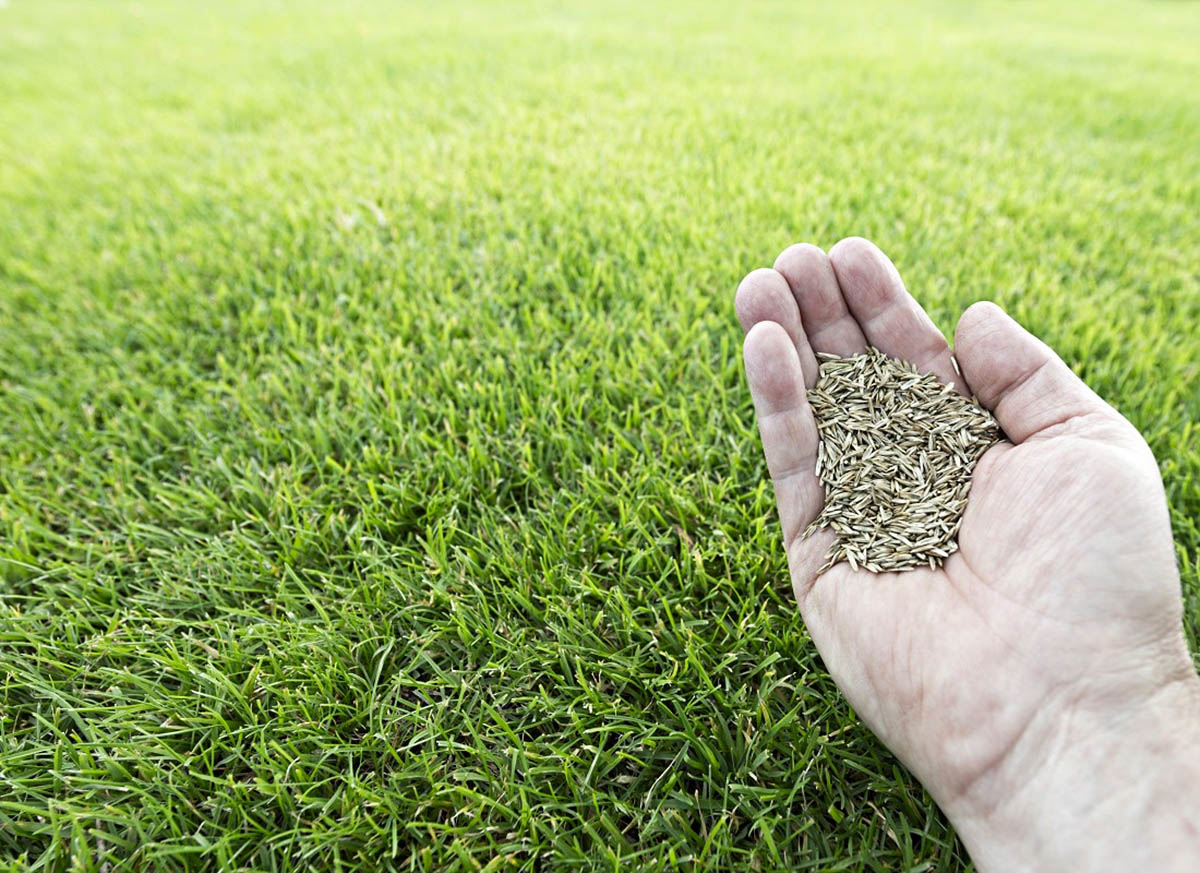
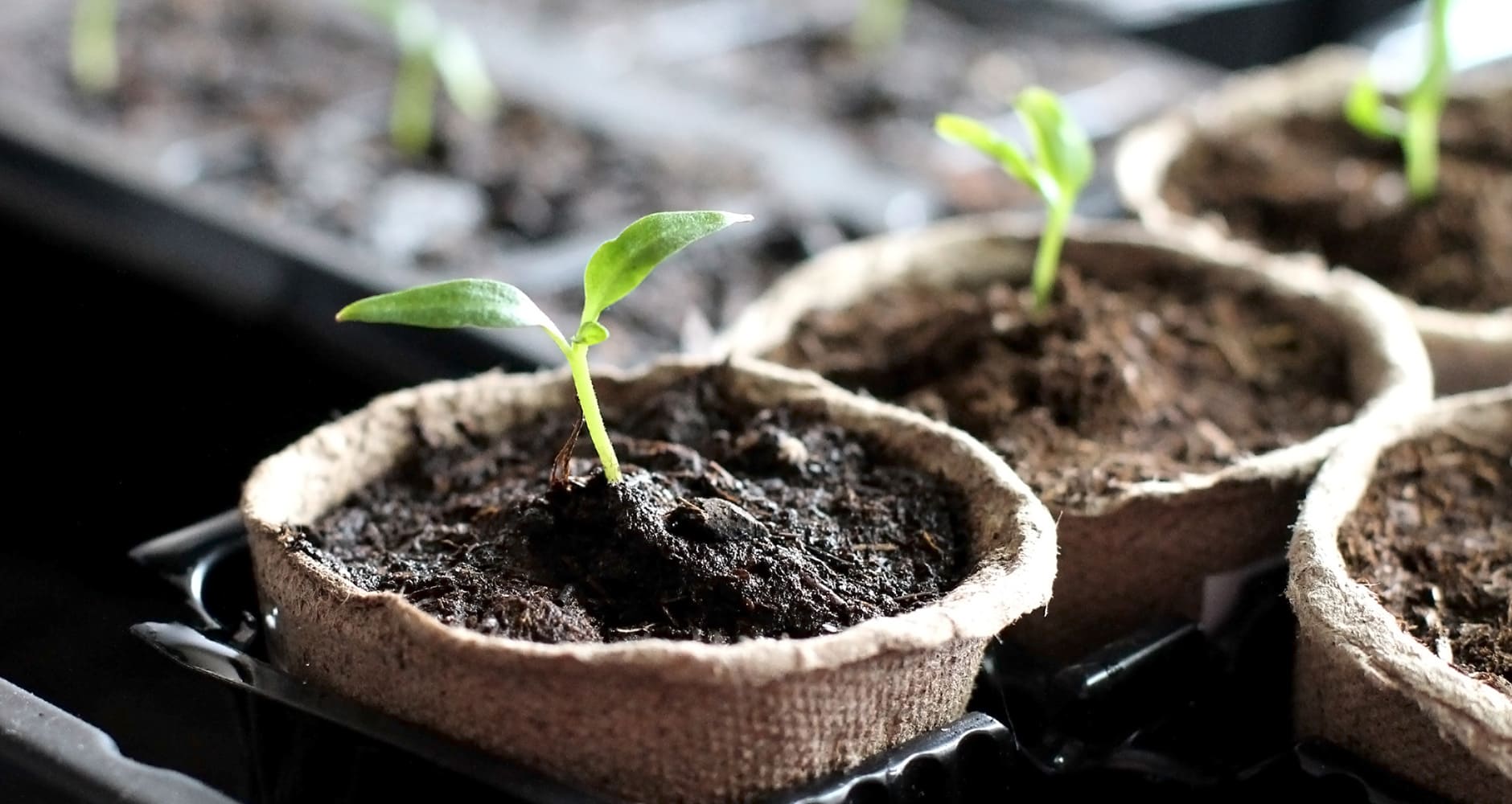
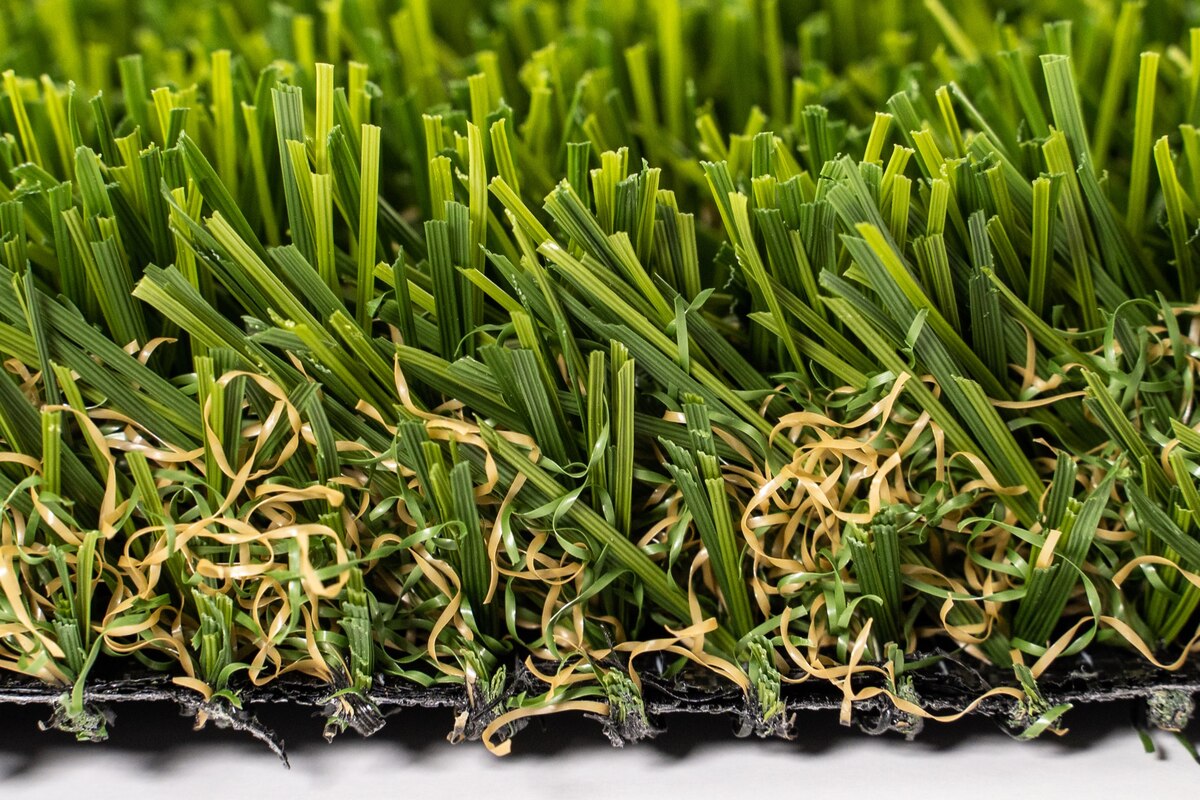
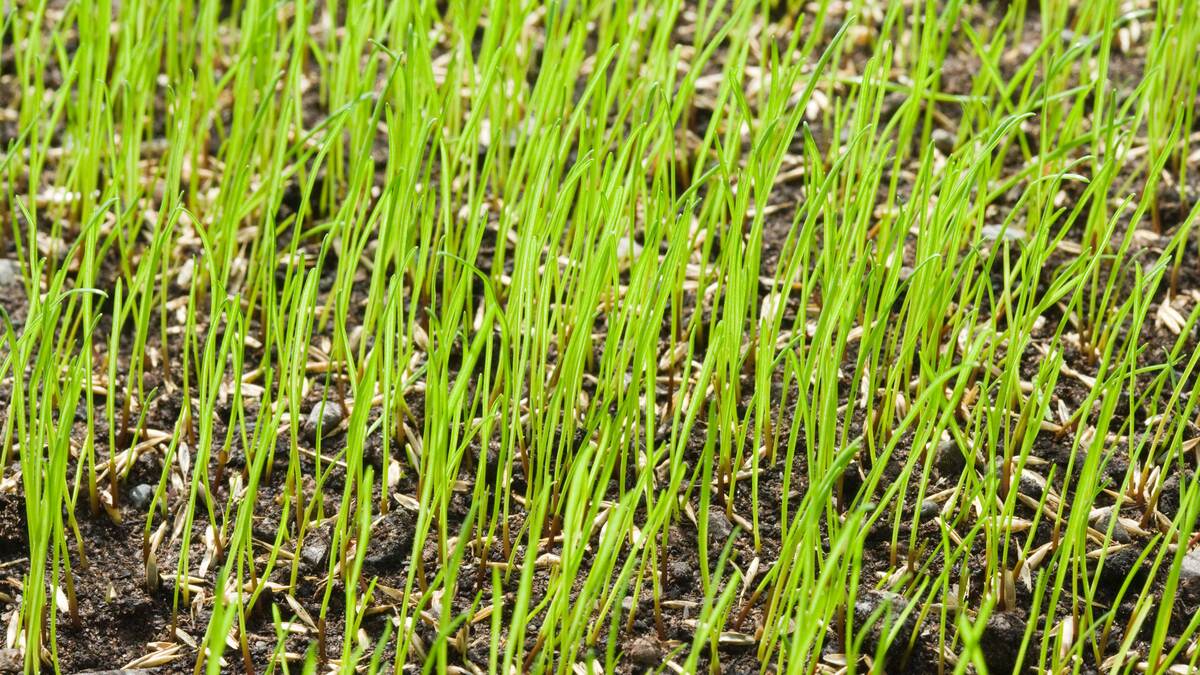
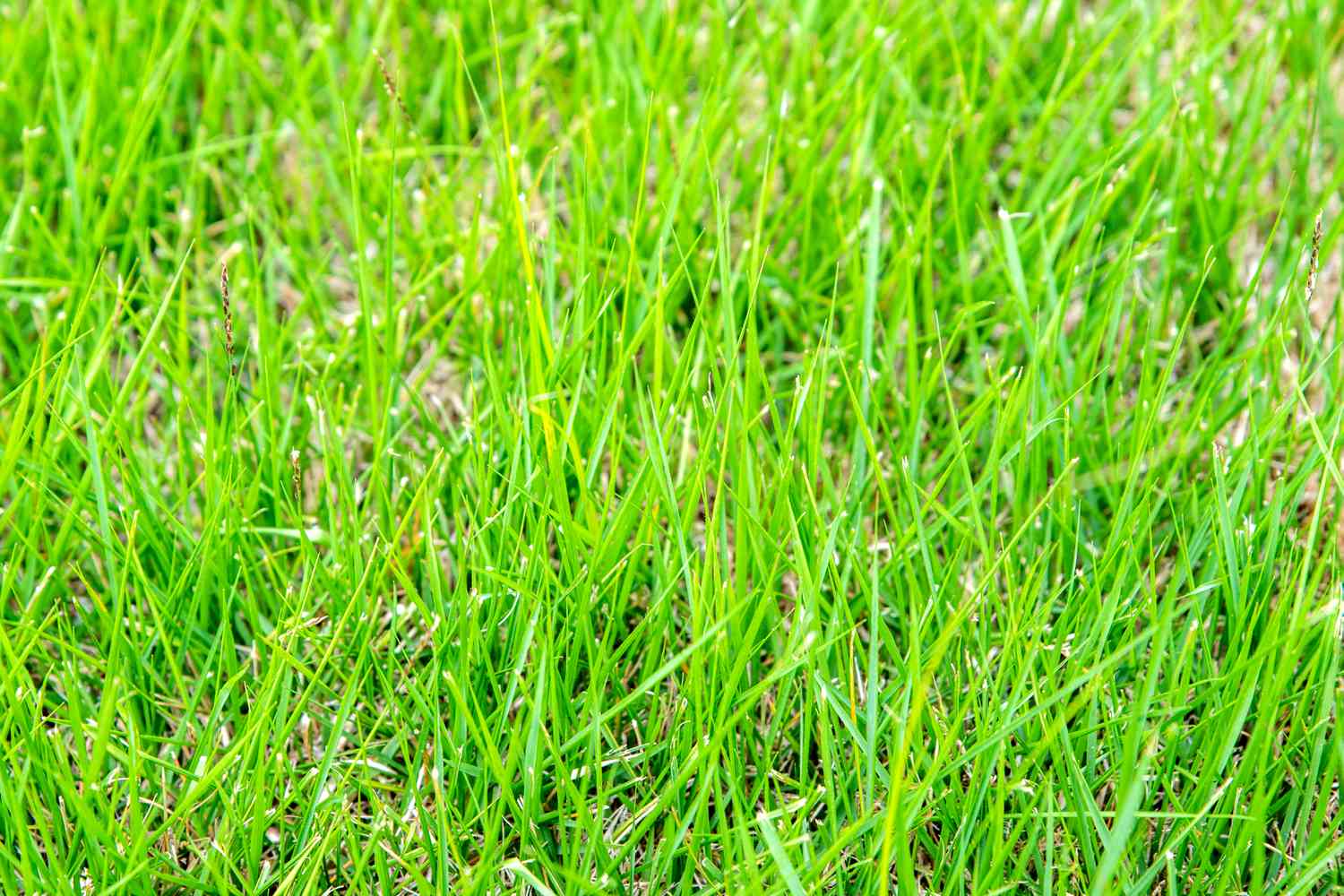



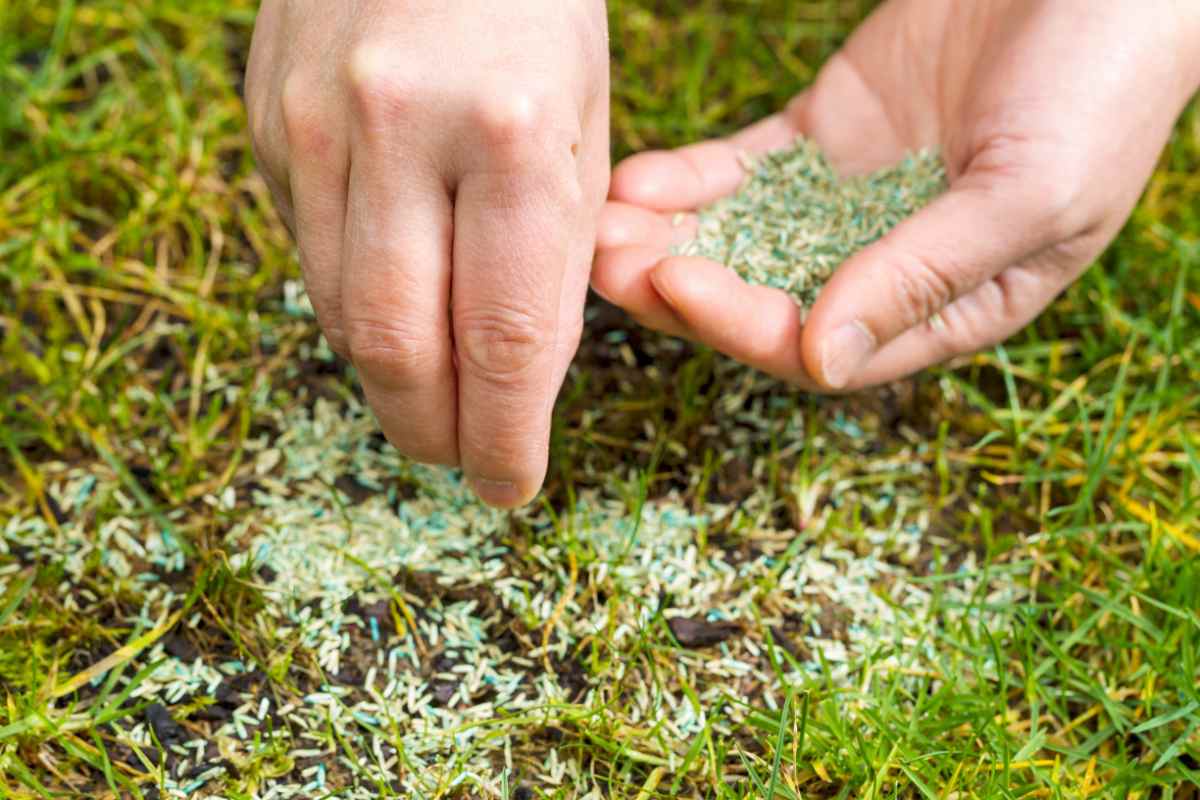
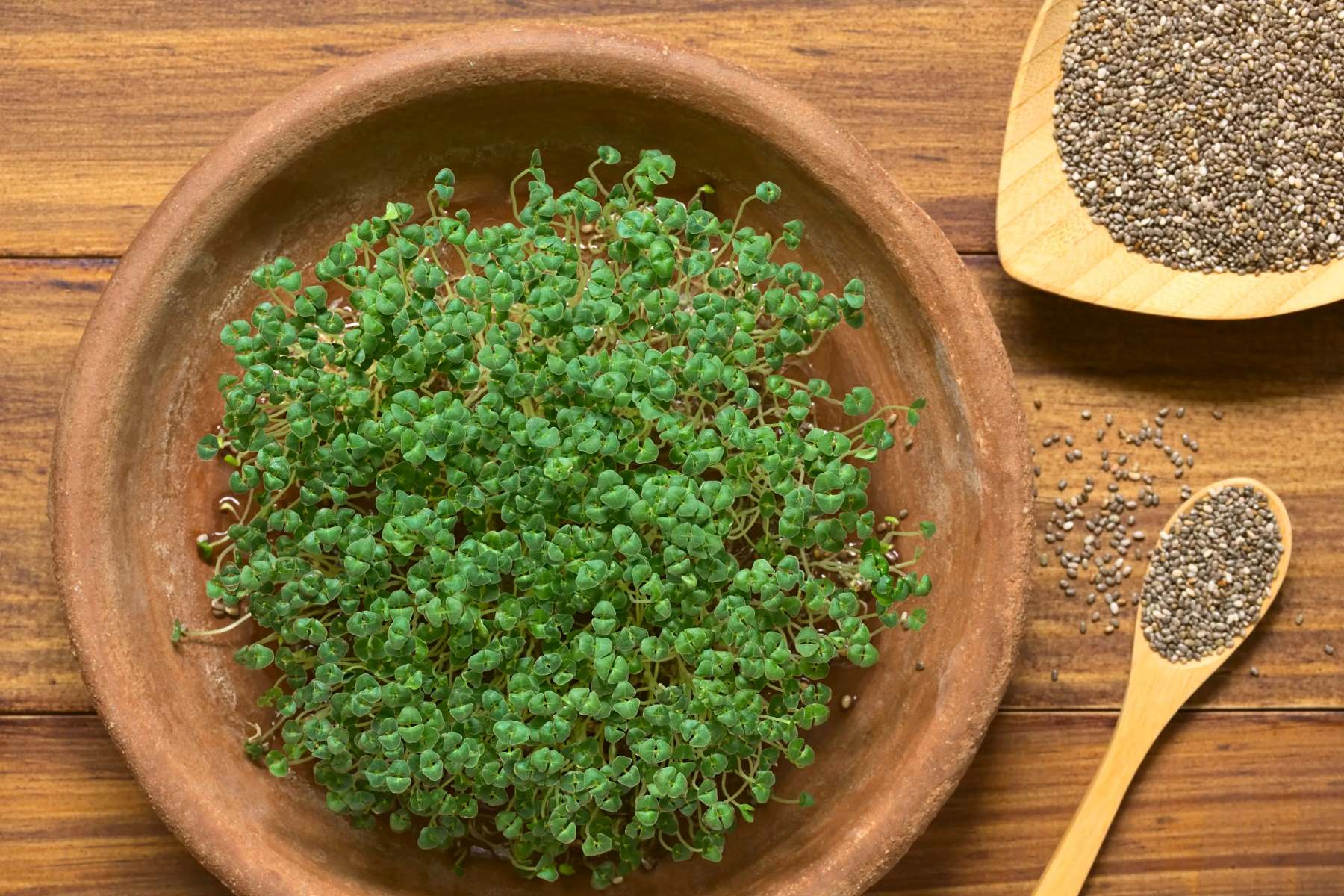
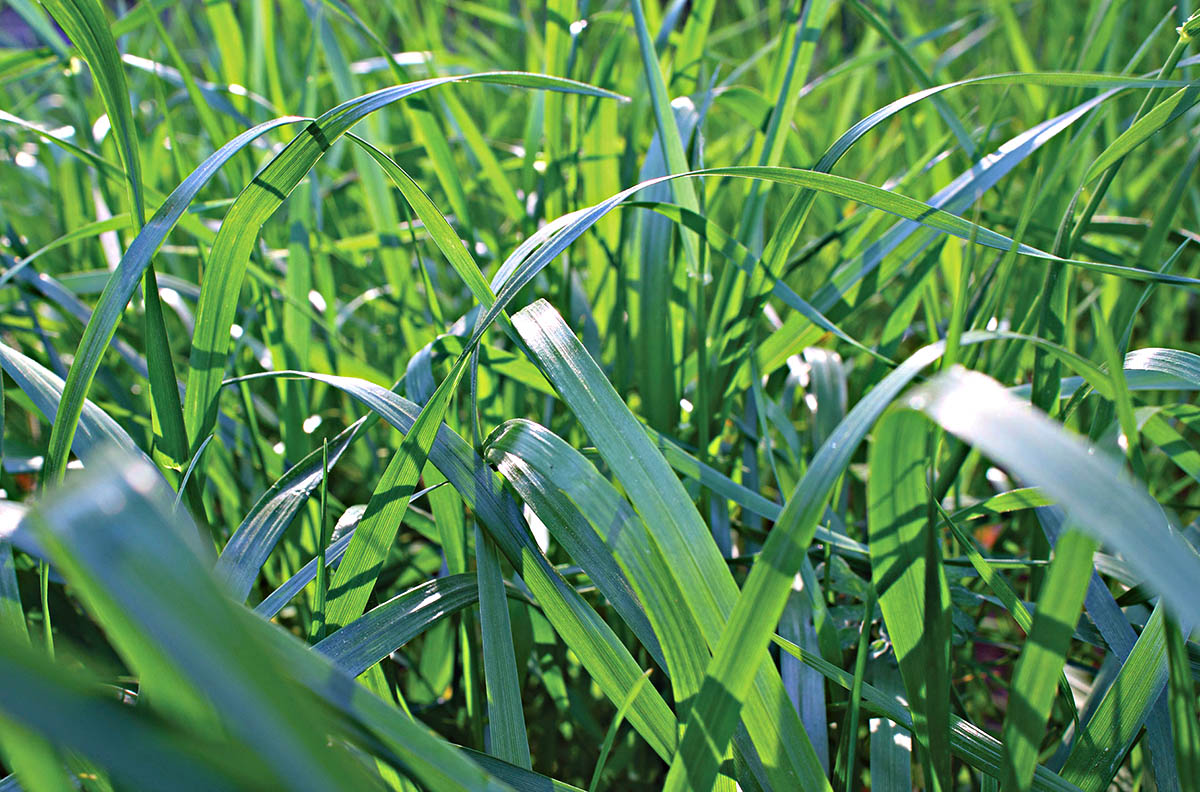
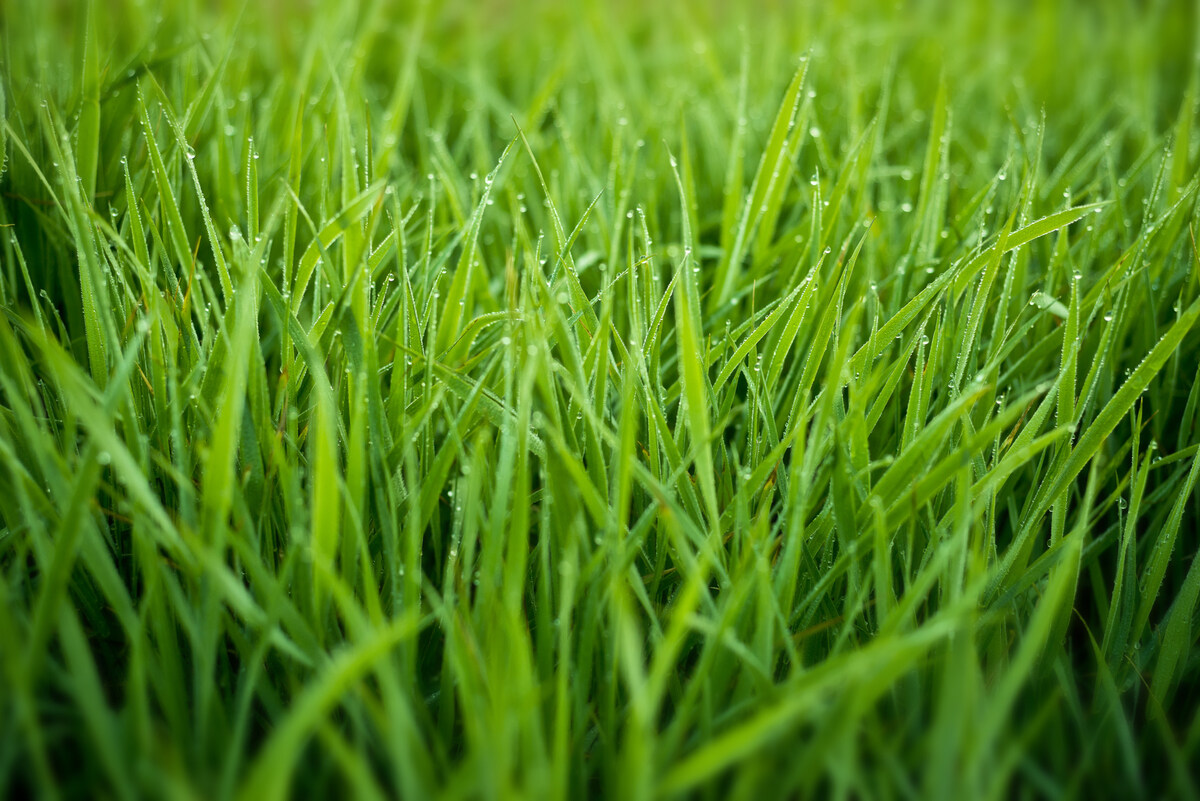
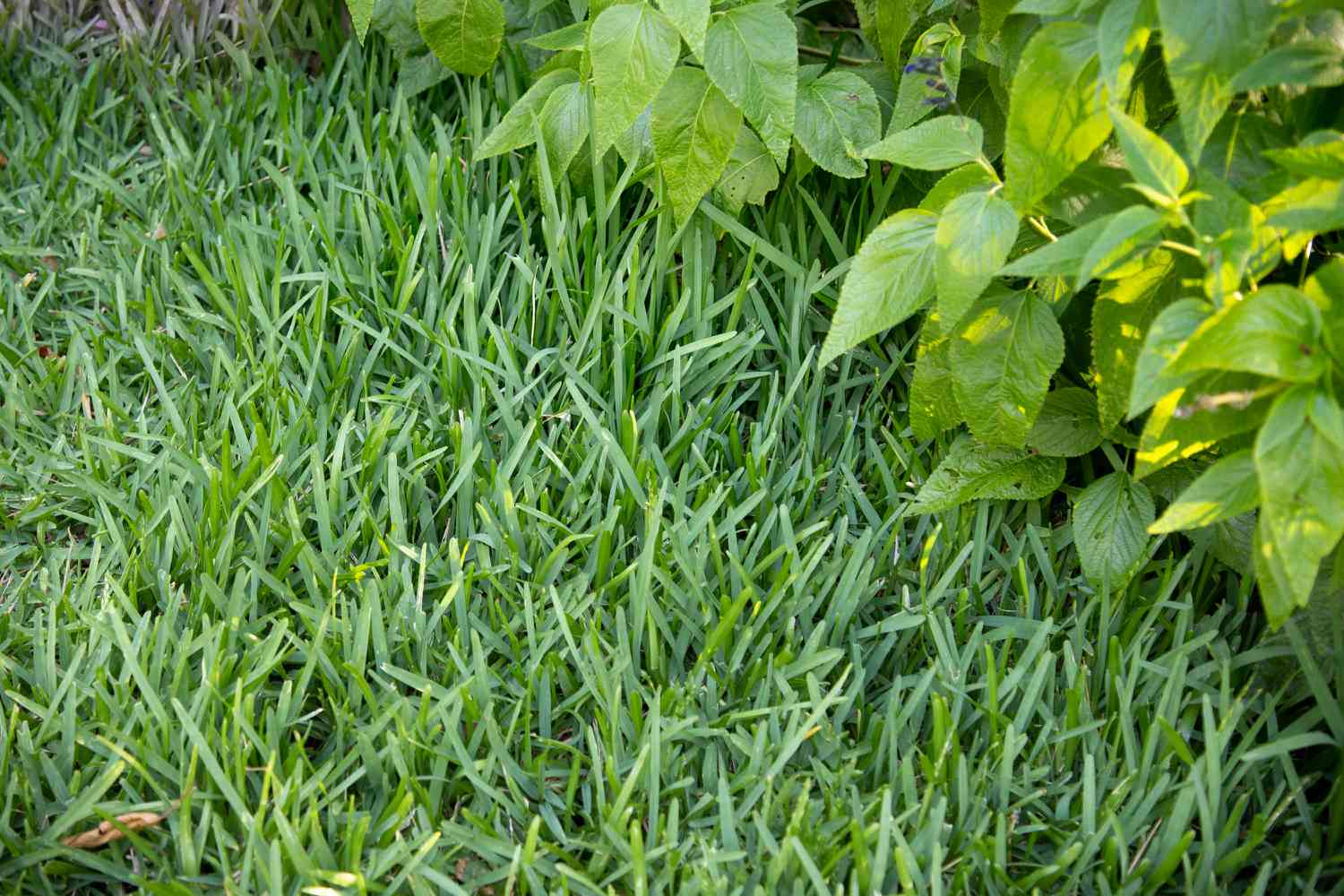
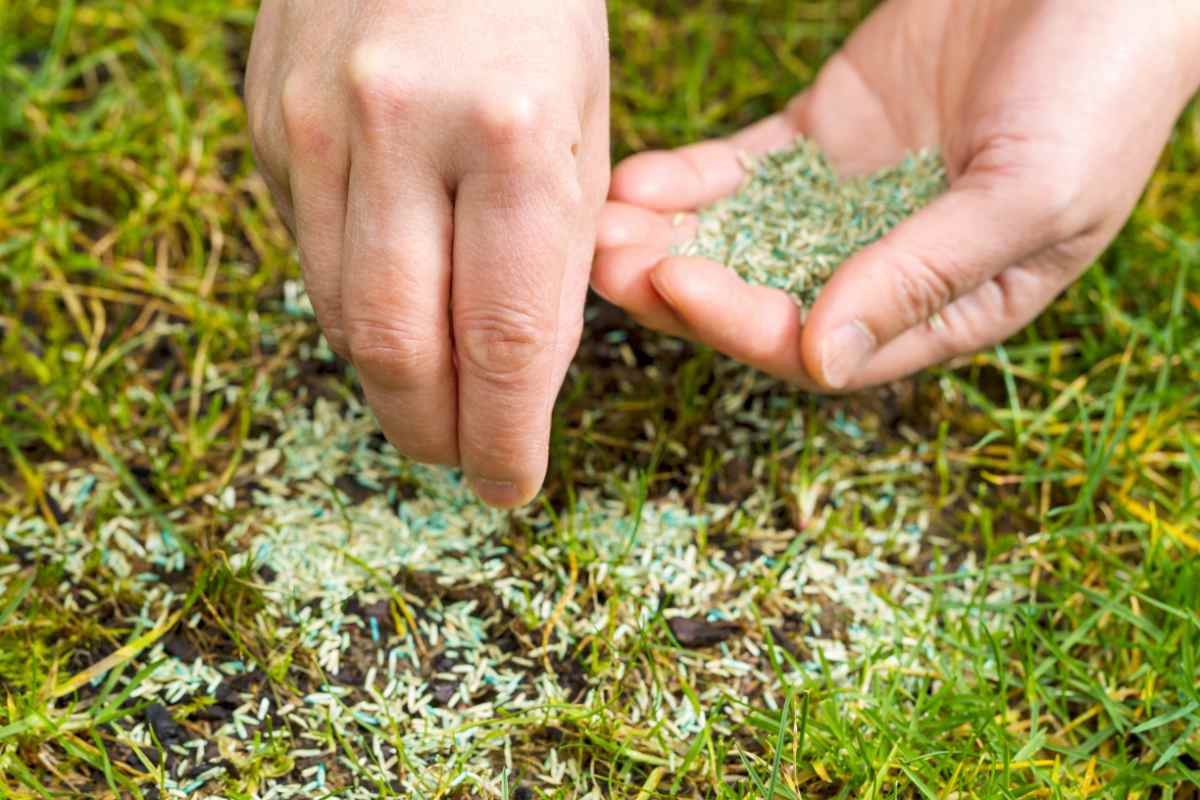

0 thoughts on “How Long Does Fescue Grass Seed Take To Grow”